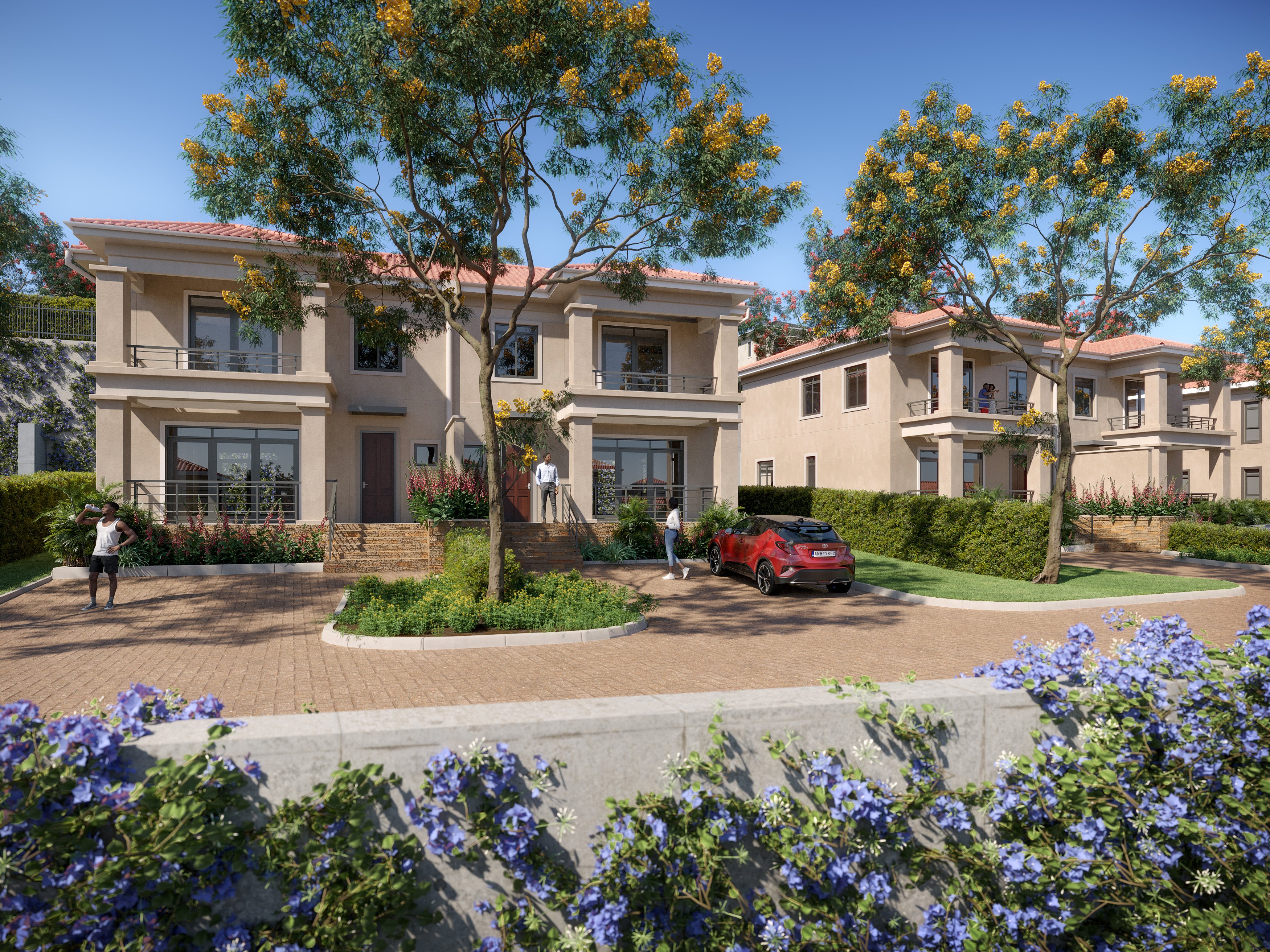Prime
Multi-generational housing solutions

Moreover, the children stand to gain invaluable lessons and insights from spending time with older adults. PHOTO/UNSPLASH.COM.
What you need to know:
The pandemic underscored the importance of family bonds and solidarity in times of crisis. Households, adapted to new realities reaffirming the resilience and strength of familial relationships.
In Uganda, there is a pressing scarcity of housing options designed to meet the diverse needs of multi-generational households. While property developers primarily concentrate on constructing homes suited for nuclear families, there is a noticeable surge in households comprising two or three generations encompassing grandparents, their adult children, and grandchildren.
Benefits
The Covid-19 pandemic caused a significant shift in living arrangements, with many adult children either moving back in with their parents or bringing their parents into their own homes. This trend emerged as a response to various challenges posed by the pandemic, including job loss, financial strain and concerns about the health and well-being of older family members.
For some adult children, returning to the parental home offered a temporary solution to financial instability brought about by job loss or economic downturns. By sharing living expenses and pooling resources, families were better able to weather the financial impact of the pandemic together.
Care for aged family members
Similarly, others opted to bring their aging parents into their own homes, recognising the need for more efficient and personalised care amid the uncertainties of the pandemic. With restrictions on visitation to homes and health facilities, many families sought alternative arrangements to ensure the safety and well-being of their elderly loved ones. By providing care within the familiar and supportive environment of the family home, adult children could offer their parents the attention, assistance, and companionship they needed during these challenging times.
Research on the benefits of multigenerational living suggests that there are substantial advantages for seniors who engage with young adults and children. By fostering meaningful relationships with younger generations, seniors experience a renewed sense of purpose and belonging, contributing to their overall well-being and quality of life.
Mentoring the young
Moreover, the children stand to gain invaluable lessons and insights from spending time with older adults. Through these interactions, children have the opportunity to learn vital soft skills, such as empathy, patience, and respect. Simple courtesies such as “please” and “thank you,” take on greater significance when taught by beloved elders.
Furthermore, research suggests that children who maintain strong connections with caring adults, particularly seniors, are more likely to thrive academically.
What do the generations want?
Catherine Nanteza a specialist in property development at the Association of Real Estate Agents of Uganda (AREA), notes that when constructing a multi-generational home special attention should be given to creating a functional setting suitable for all.
Nanteza says, “In so doing, a family lives together without getting in each other’s way and individual privacies are maintained.”
Privacy in multigenerational homes offers a sense of independence despite living under one roof. Although in the past family members were content sharing space without distinct boundaries, today, each individual prefers space that suits their needs.
“Each generation uses space differently, while the older family members want silence and tranquility, the younger generation wants to watch TV, play video games, and shoot photos and videos for their social media platforms,” Nanteza says.
Additionally, safety in multigenerational homes is also another need as it involves creating an environment that meets the diverse needs of all age groups living under one roof. This ranges from physical safety, and emotional well-being and addressing specific health and mobility concerns.
Structural features
Achieving this perfect arrangement will require a new approach to such properties, according to Aaron Conley the managing principal of Third Act Solutions. He urges developers to come up with innovative ways to build for multigenerational households. Nanteza suggests various structural ways for effective multigenerational construction including:
Separate wings
Indeed, accommodating multigenerational living arrangements often necessitates a larger initial footprint for the residence. This expansion allows for the creation of separate living quarters or rooms located on different sides of the house, effectively segmenting the living space to accommodate the diverse needs and preferences of each family unit.
The partitioning of living quarters may result in the establishment of indoor and outdoor buffer zones, serving as shared spaces for leisure activities, spiritual practices, or green areas for communal enjoyment. These buffer zones not only facilitate interaction and bonding among family members but also promote a sense of interconnectedness and unity within the household.
By designating common areas for shared use, families can cultivate a sense of belonging and togetherness while still preserving individual privacy and autonomy.
Whether it is a cozy indoor gathering space or a serene outdoor garden, these shared zones serve as focal points for family gatherings, fostering a strong sense of community and harmony within the multigenerational household.
Extensions
Recognising that not all expansions can be achieved through additional floors, many renovations of existing family homes explore alternative, context-adapted enlargement strategies. One common approach involves the implementation of an offset building shell or the addition of a smaller one.
These modifications may result in the creation of a separate suite or the development of an enveloping common area. By strategically reconfiguring the layout, the remaining interior space can be transformed into more private zones, catering to the diverse needs and preferences of the occupants.
Flexible space use
With standard functions assigned to each space, spaces are envisioned more expansively, allowing for greater flexibility and adaptability to the needs of the occupants. This design style empowers family members to personalise their living environment to match their lifestyles and tastes, creating a profound sense of ownership and autonomy.
The emphasis on simplicity and flexibility ensures that these homes remain functional and adaptable over time, capable of evolving alongside the shifting needs of the family.
Whether it is creating a cozy reading nook, establishing a home office, or fostering a multipurpose gathering space, each area can be tailored to accommodate the dynamic rhythms of the family unit, promoting comfort, functionality, and harmony within the home.
Vertical
If you have a smaller or irregularly shaped lot, you can add more space by adding another floor that can be used as sleeping or working quarters. These areas are carefully designated as quiet and private zones, offering occupants personal space for rest or focused tasks. In contrast, the in-between spaces can be transformed into shared areas such as kitchens, living rooms, and even indoor greenery spaces. These communal zones serve as gathering spots for socialising, dining, and relaxation, fostering a sense of connection and togetherness among inhabitants. This approach not only maximises the utility of limited space but also creates dynamic and unique layouts that redefine the concept of modern living.




